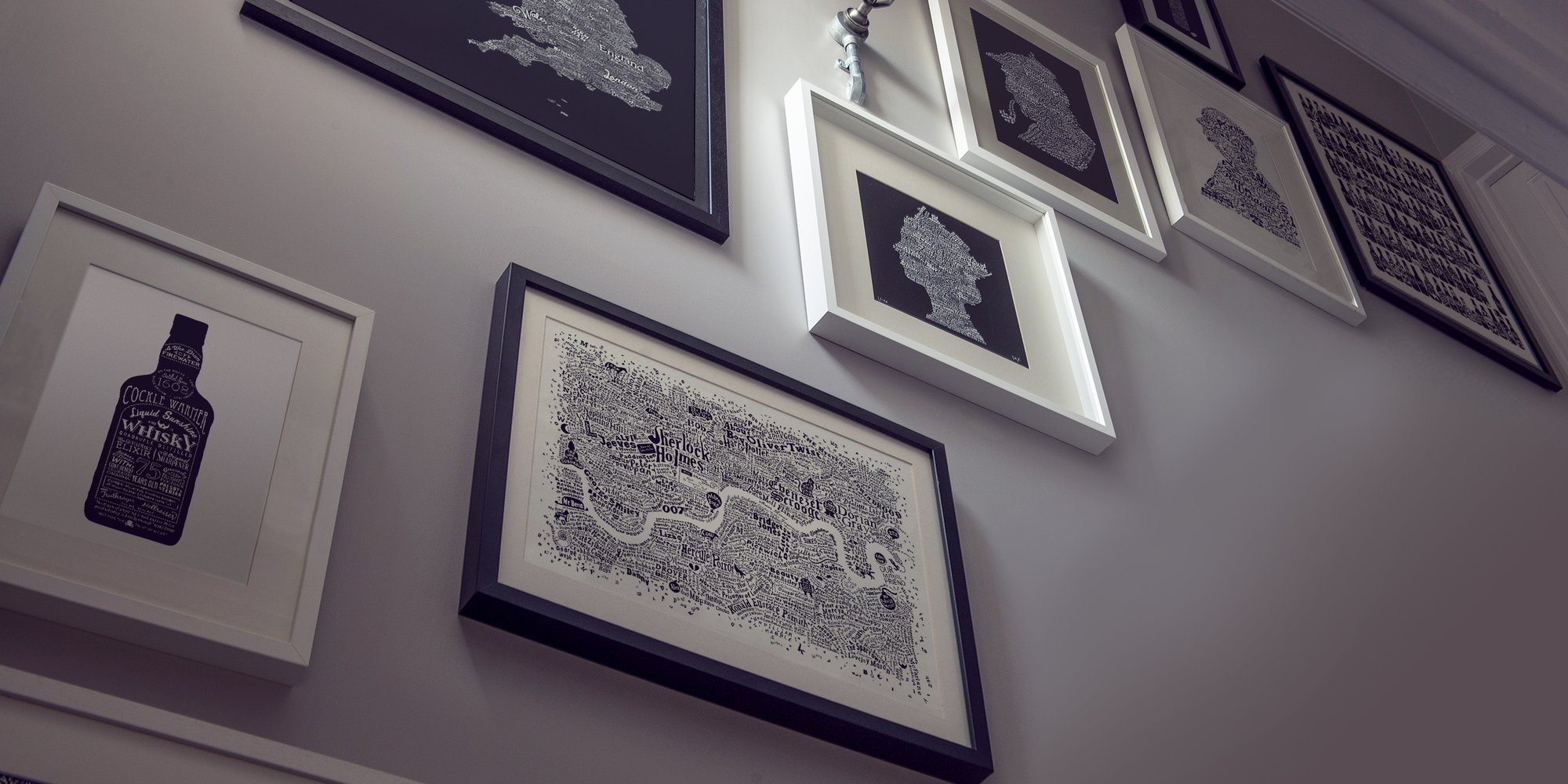Tate's senior art handling technician Mikei Hall has moved, hung and positioned some of the world's most exciting, expensive and irreplaceable works of art. Here he offers some tips on how gallery expertise can be used to hang art in your home.
It might not be a priceless Picasso or an irreplaceable Rembrandt, but if your new work of art is worth having, it's worth looking after.
Mark Rothko, White over Red (1957)
We usually use a ‘centre line’ which is what runs through the centre of the painting. Keeping this line at eye level when you hang it allows you to look directly into the work.
Sometimes artists like things done differently. Mark Rothko's Seagram murals at Tate Modern are hung high as the artist wanted you to feel like you were looking up at the works.
Richard Long once did an installation at Tate Britain where wall works were hung very low to help viewers move their eyes around and engage with sculptural works on the ground.
Be prepared
When hanging a work always allow yourself as much time as possible.
Make sure you have a piece of paper, a pencil, masking tape, a hand drill, a measuring tape, a spirit level and a screwdriver.
Another idea is to carry an envelope ready just to catch dust while you are drilling.
Tips from the top
You can buy little felt circles from places like John Lewis and pop these on the four corners of the rear of the frame.
This will prevent the frame from scratching your wallpaper or paintwork.
This also allows the picture to hang slightly away from the wall so air can get through. If the work is hanging on an external wall, this will prevent condensation gathering.
Steady now...
Something that even experienced art handlers forget, whether you're hanging a famous oil painting in a gallery, or a print that you love in your home, is to keep the work well clear of your working area.
The worst thing that could happen is just as you're drilling the last screw into the wall, you drop the drill through the glass of the frame and rip a nice little tear through the paper.
Haste makes waste
The most important thing to remember is to take your time. You spent long enough deciding which artwork you wanted in your home, make sure you put it in the right place.
Are people going to be sitting or standing when they see it? Does its shape sit well with the furniture around it?
Never rush hanging art as you definitely won't want to redo the job, I assure you!


